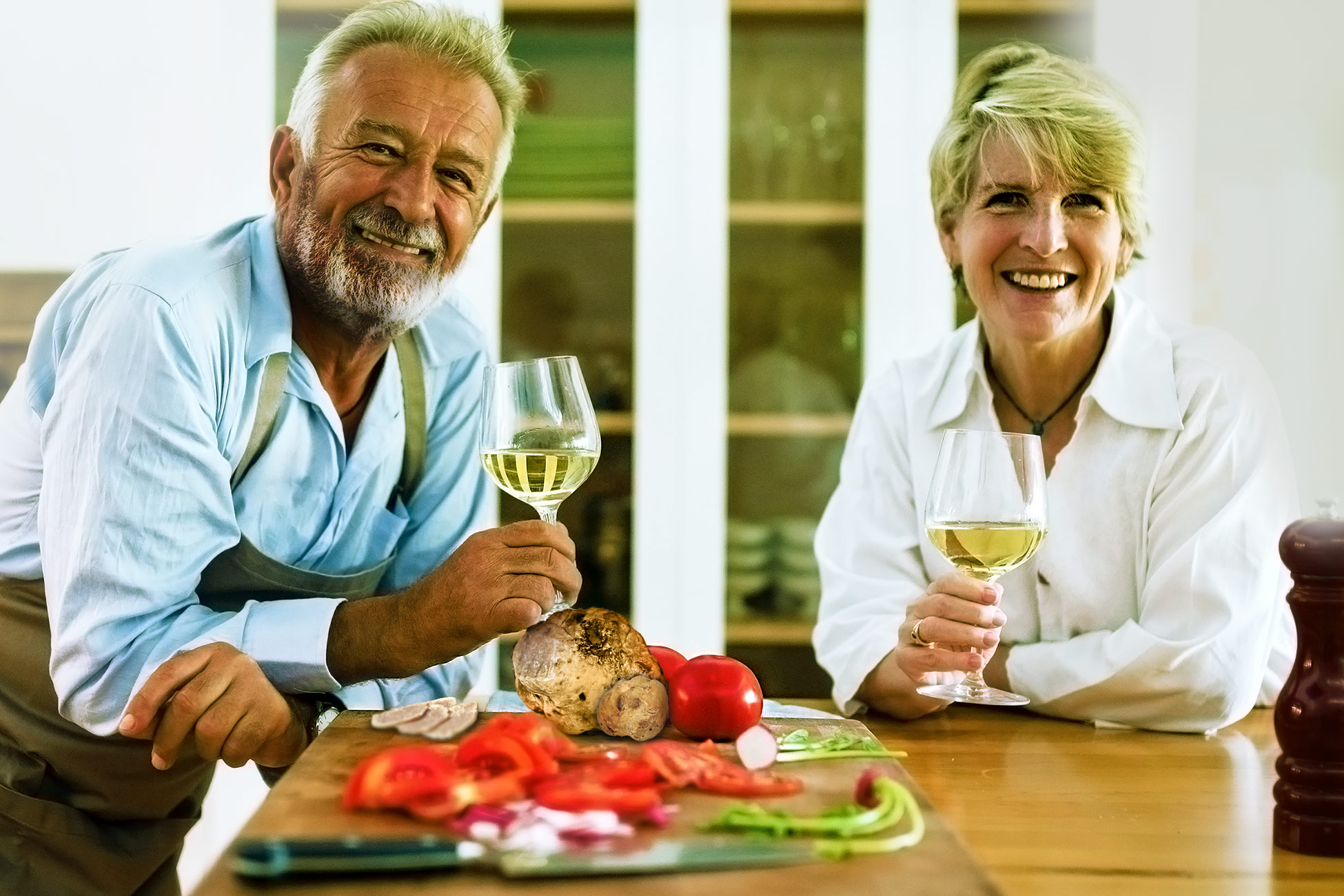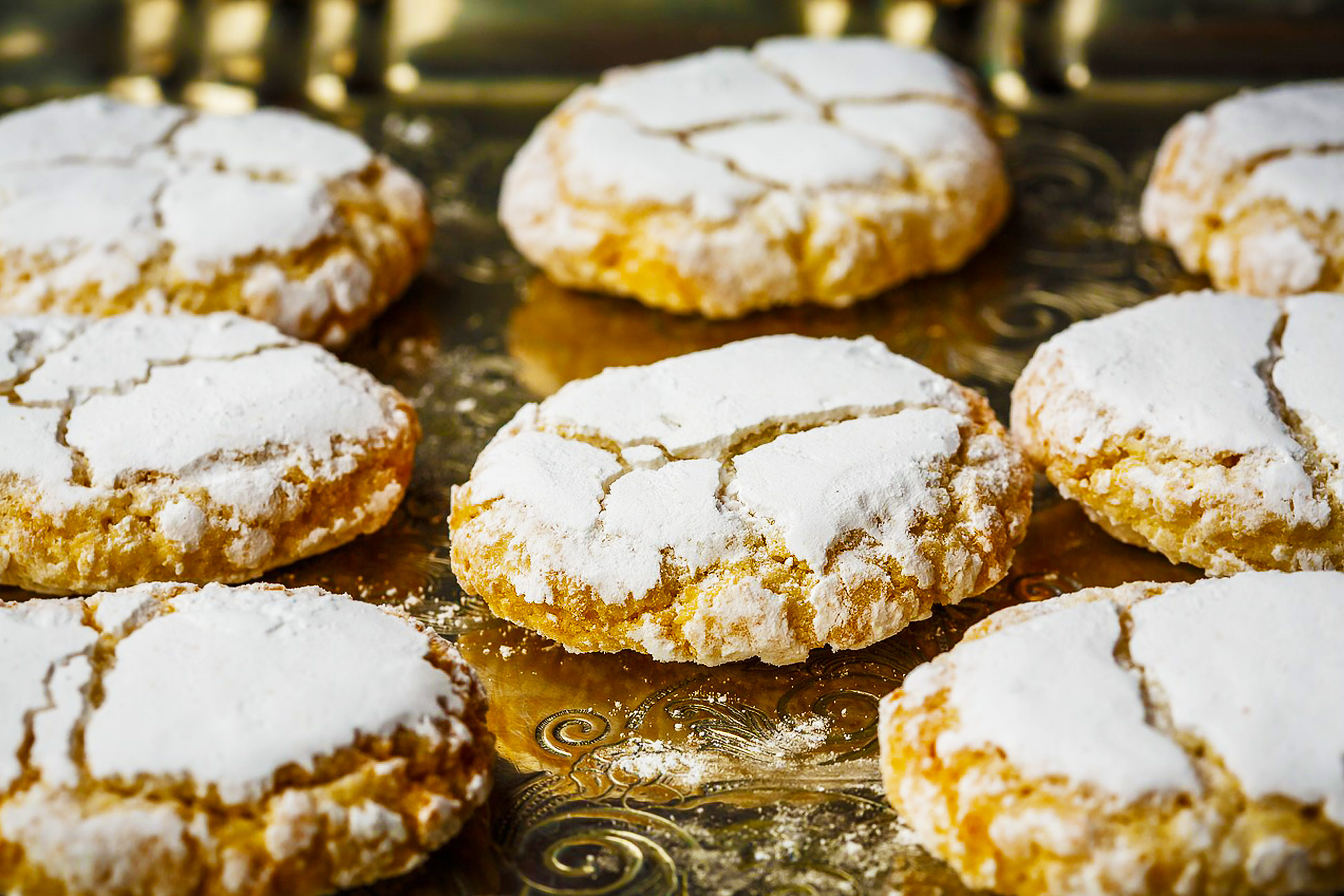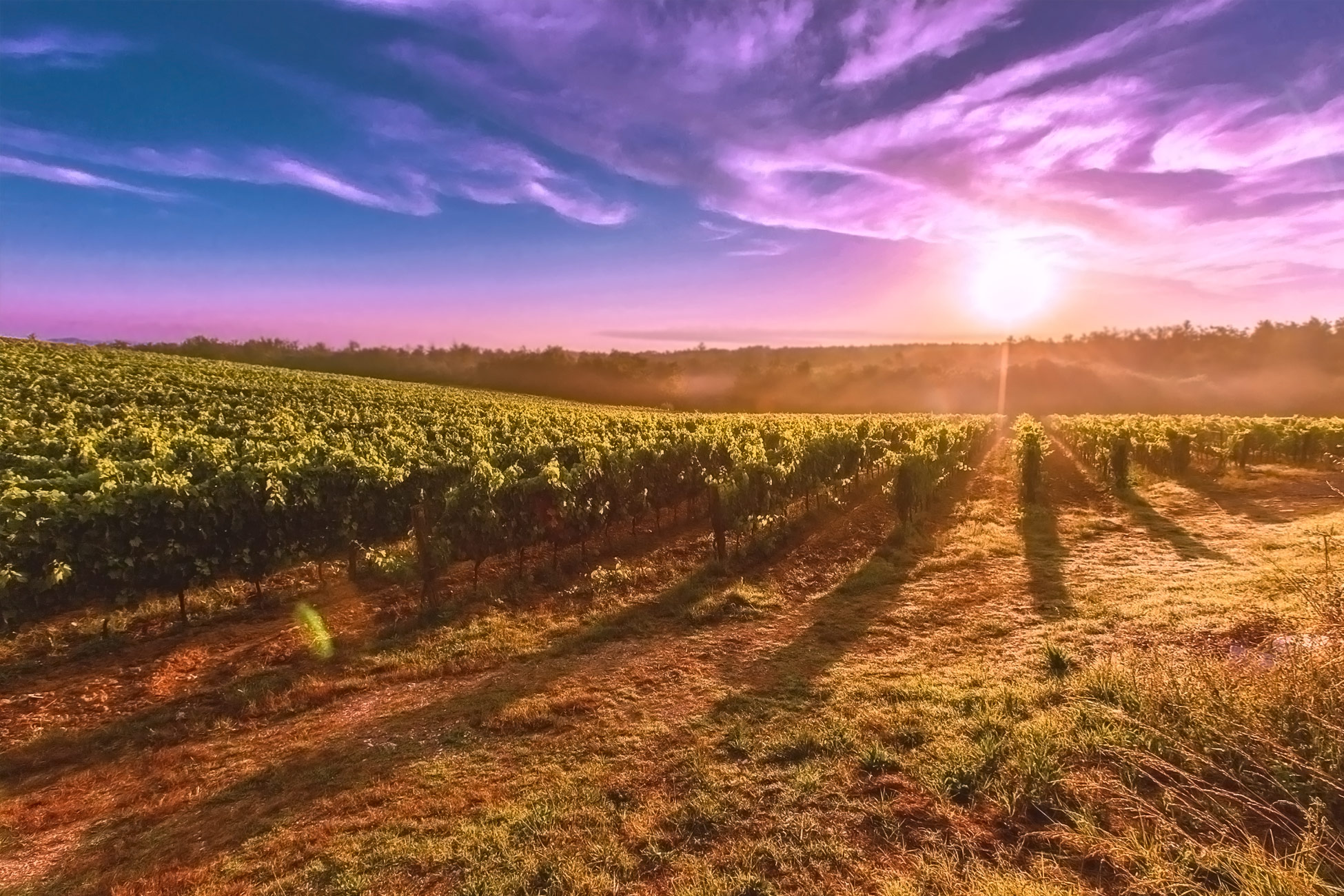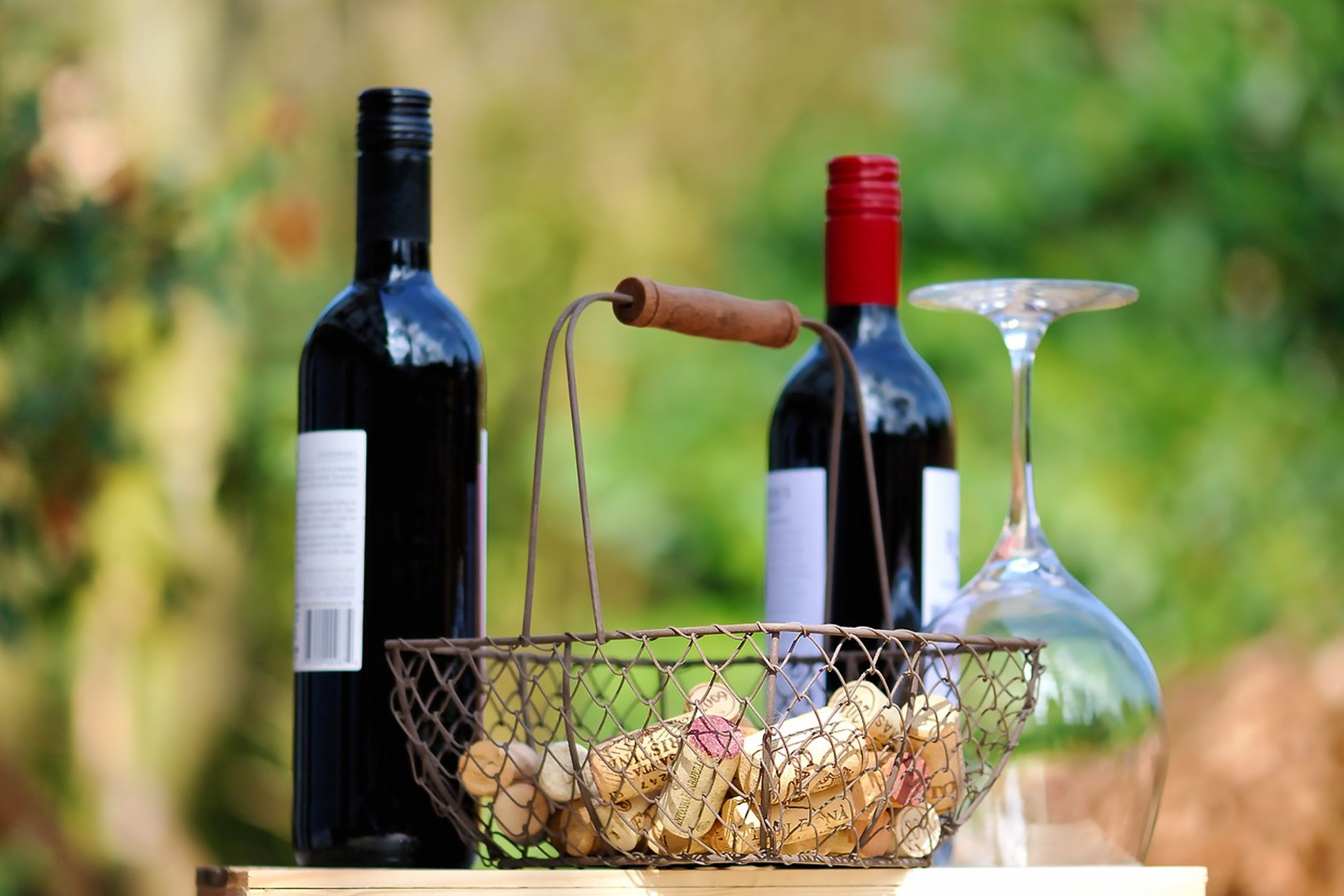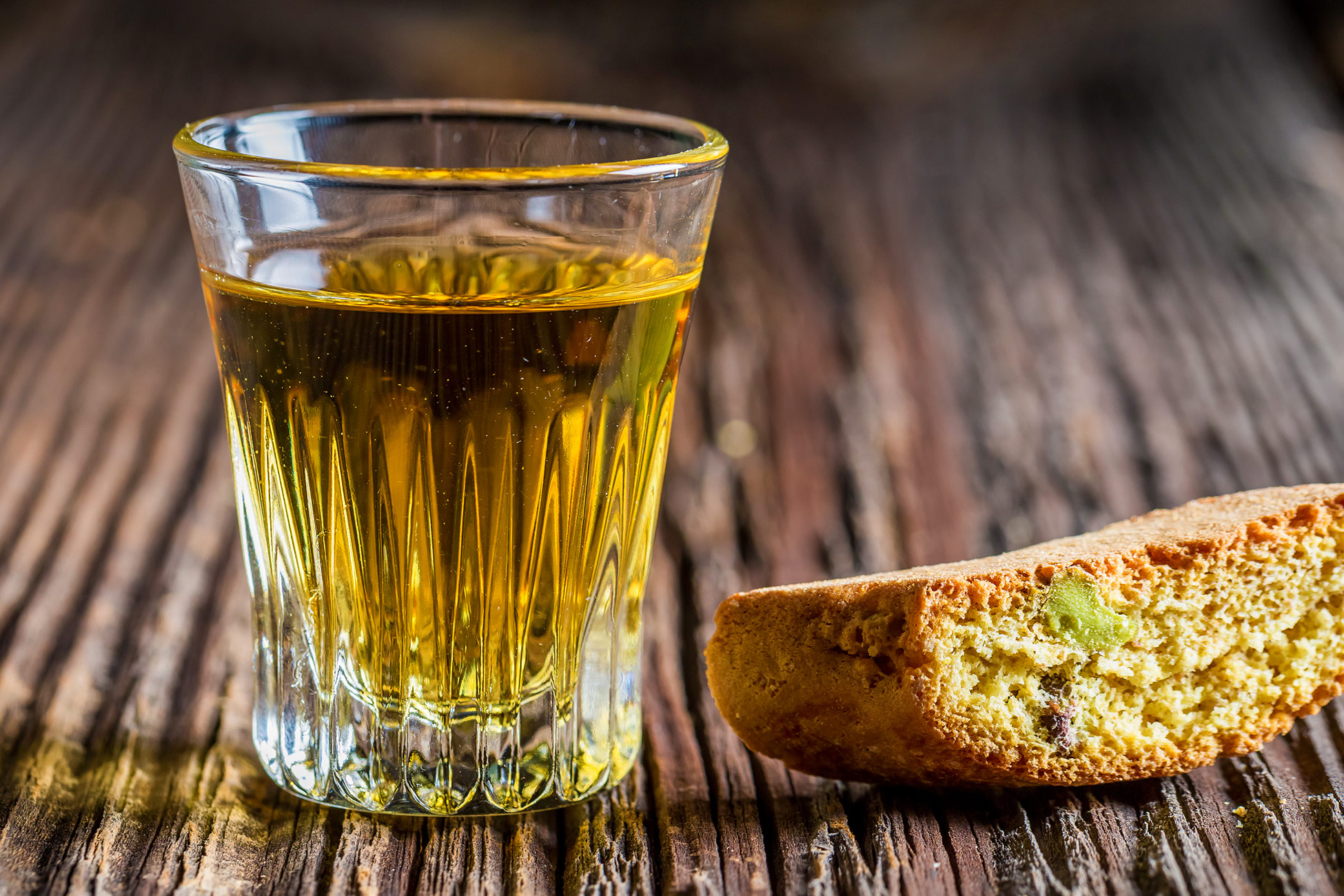High-quality beef, used for the traditional very thick Florentine steak or bistecca alla fiorentina, comes from the Chianina cattle breed of the Chiana valley and the Maremmana from the Maremma valley. Pork is also produced, and is famously prepared as àrista, a roast loin of pork with garlic and rosemary. Its name derives from the greek word aristos, meaning “the best”: according to the story, this dish got its name when it was served at a banquet in honor of Greek clergymen who visited Florence in 1430 for a Ecumenical Council, and they loved it so much that they couldn’t stop repeating “aristos”.
The region is also well-known for its rich game, especially wild boar (cinghiale), hare (lepre), fallow deer, roebuck and pheasant that are prepared on their own or often used to prepare rich, delicious sauces for dishes such as pappardelle, a type of home-made pasta cut into large, broad ribbons. And of course, wherever you go in Tuscany, you will always find the best prosciutto, often served as an antipasto.
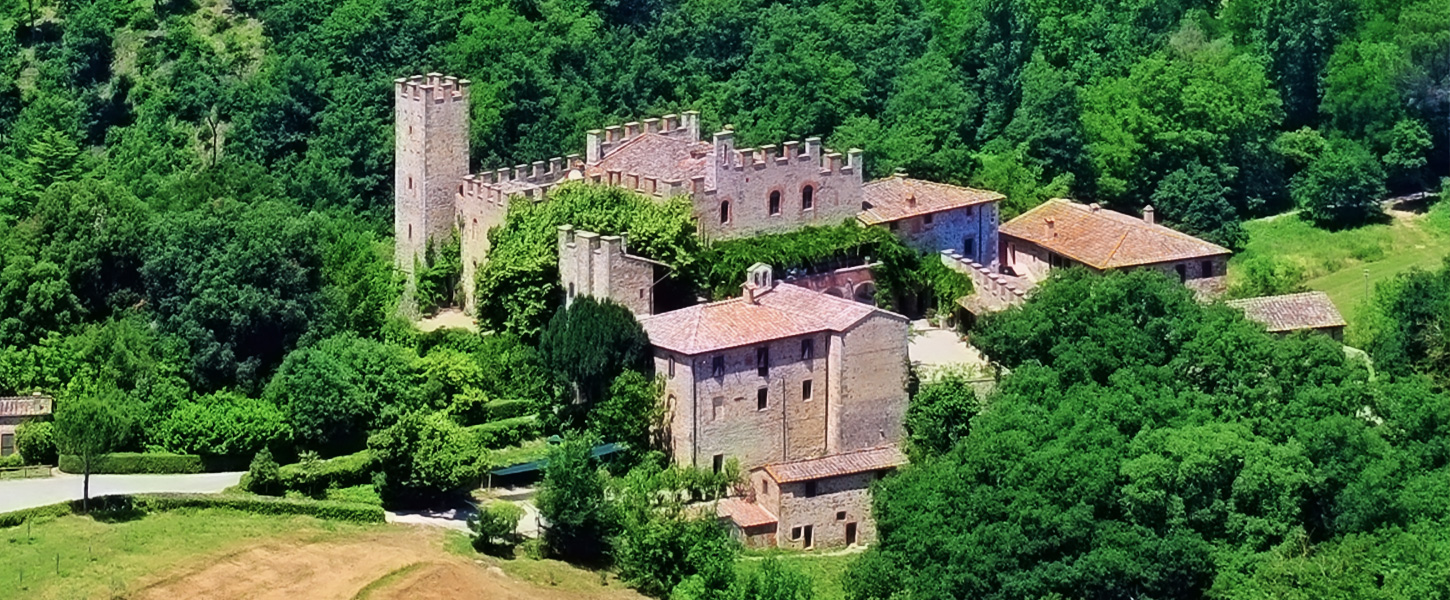 You may also want to look at the Fairs and Local Culture page on this site to read about the various sagre (festivals) that often take place in the fall, providing a bit of local color combined with seasonal specialties served under tents on the streets.
You may also want to look at the Fairs and Local Culture page on this site to read about the various sagre (festivals) that often take place in the fall, providing a bit of local color combined with seasonal specialties served under tents on the streets.


